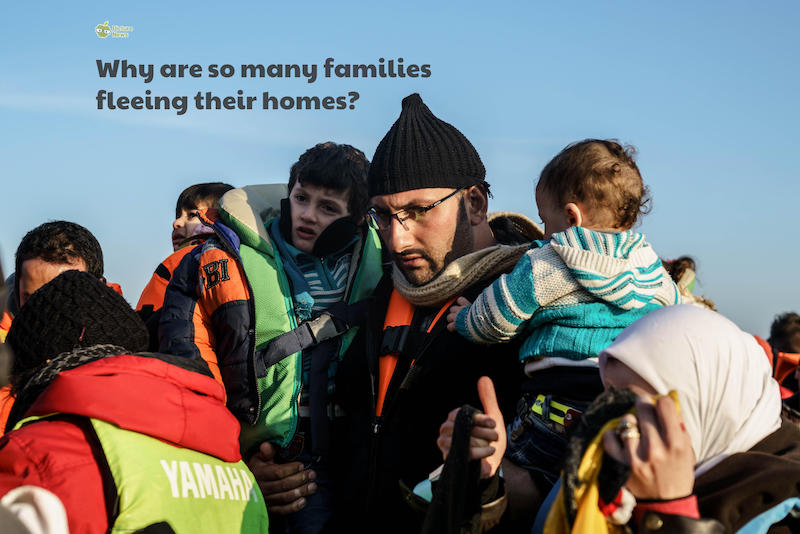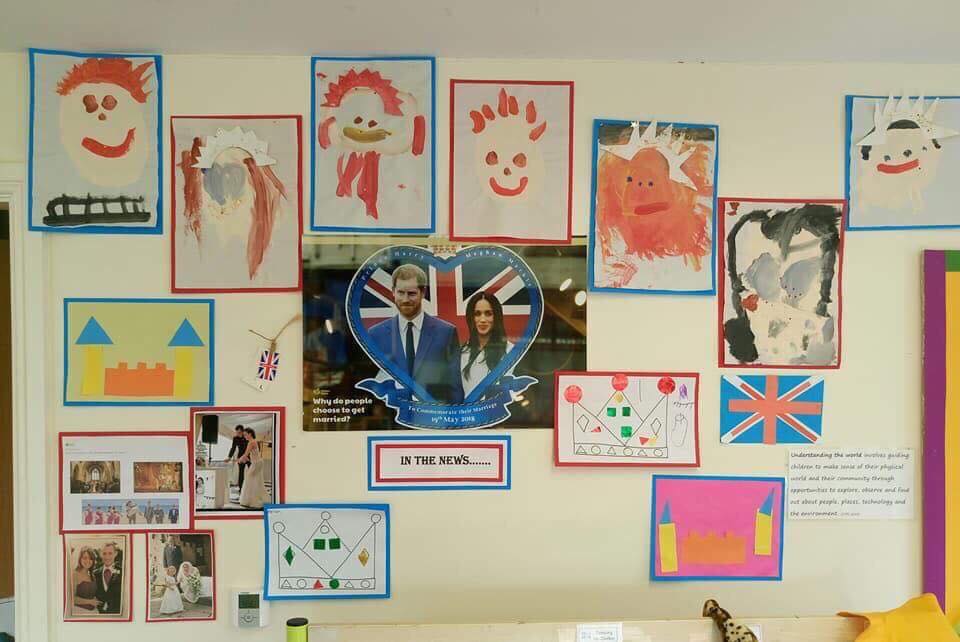
From the BBC Young Reporter to The Student View, initiatives aimed at educating children and teenagers about the news industry are on the rise.
Picture News produces resources mainly for primary schools, helping teachers spark a conversation about current affairs with pupils aged between five and 11.
Every week, the team creates a poster with a strong image that illustrates the news story. They then send it to around 1,500 schools, together with other age-appropriate resources that explain what the story is about.
Katie Harrison, founder of Picture News, draws from her experience as a former primary school teacher.
"Teachers don't have time to prepare resources every week, so we create something they can use straight away," she told Journalism.co.uk, adding that they send the material to schools on Fridays so teachers can prepare the debate for the week ahead.

Schools are free to use the kit anyway that fits their timetable. Often, headteachers talk about the news in an assembly and teachers then use the posters in the classrooms.
When it comes to highly polarising or distressing news, Picture News tries to simplify the narrative and find an angle that is accessible to children.
"If it's a natural disaster, for example, we will look at the people who help and search for the positive angle,” explained Harrison.
"We try not to shy away from events but find a way to make them relevant to children."

The project covered stories such as Brexit, terrorism, and migrant and refugee caravans.
One of the instances where discussing news proved crucial was the 2017 Manchester concert attack. Harrison said children were deeply affected by the event as many of them knew someone who went to the Ariana Grande concert, as Picture News is based in the Manchester area.
A number of children were also fans of the pop-star, so this event brought the news cycle too close to home.
"It was very distressing. But we believe that it's more important to talk about events that affect children than to not talk about them,” said Harrison.
“That's the choice you have: if they are aware of the news, particularly through social media, they will benefit from having a space to ask questions and talk about it."

Picture News launched two years ago and works with mostly primary and public schools, although they count about 80 secondary schools amongst their subscribers. The project is not limited to the UK either, as a handful of international schools reached out to them as well.
Teachers receive a webinar-style training and workshops are also available on specific topics, such as how to discuss sensitive news. To assure quality, resources are proofread by an external editor.
"What we try to achieve is to open children's minds and encourage them to ask questions and think about the information they receive from the media.
"It's increasingly important to challenge what we hear and see, to spot fake news and not making assumptions,” concluded Harrison.
Free daily newsletter
If you like our news and feature articles, you can sign up to receive our free daily (Mon-Fri) email newsletter (mobile friendly).
Related articles
- How journalists can help audiences understand the news
- UK charity turns secondary school students into budding reporters
- Educating young people on news deserts, misinformation and social exclusion in the media industry
- How First News helps kids understand the world around them
- Three million US students get free subscription to NYT thanks to readers donations









